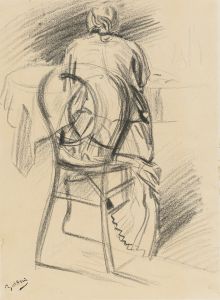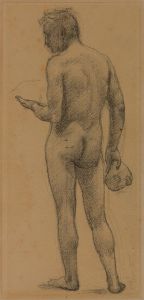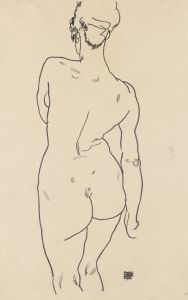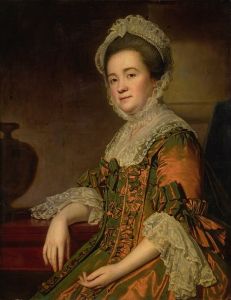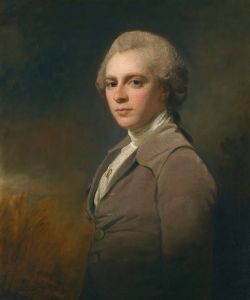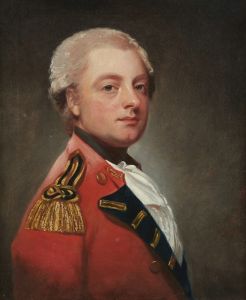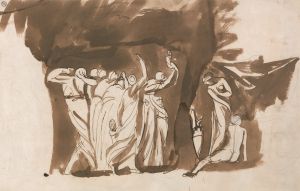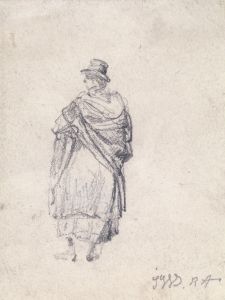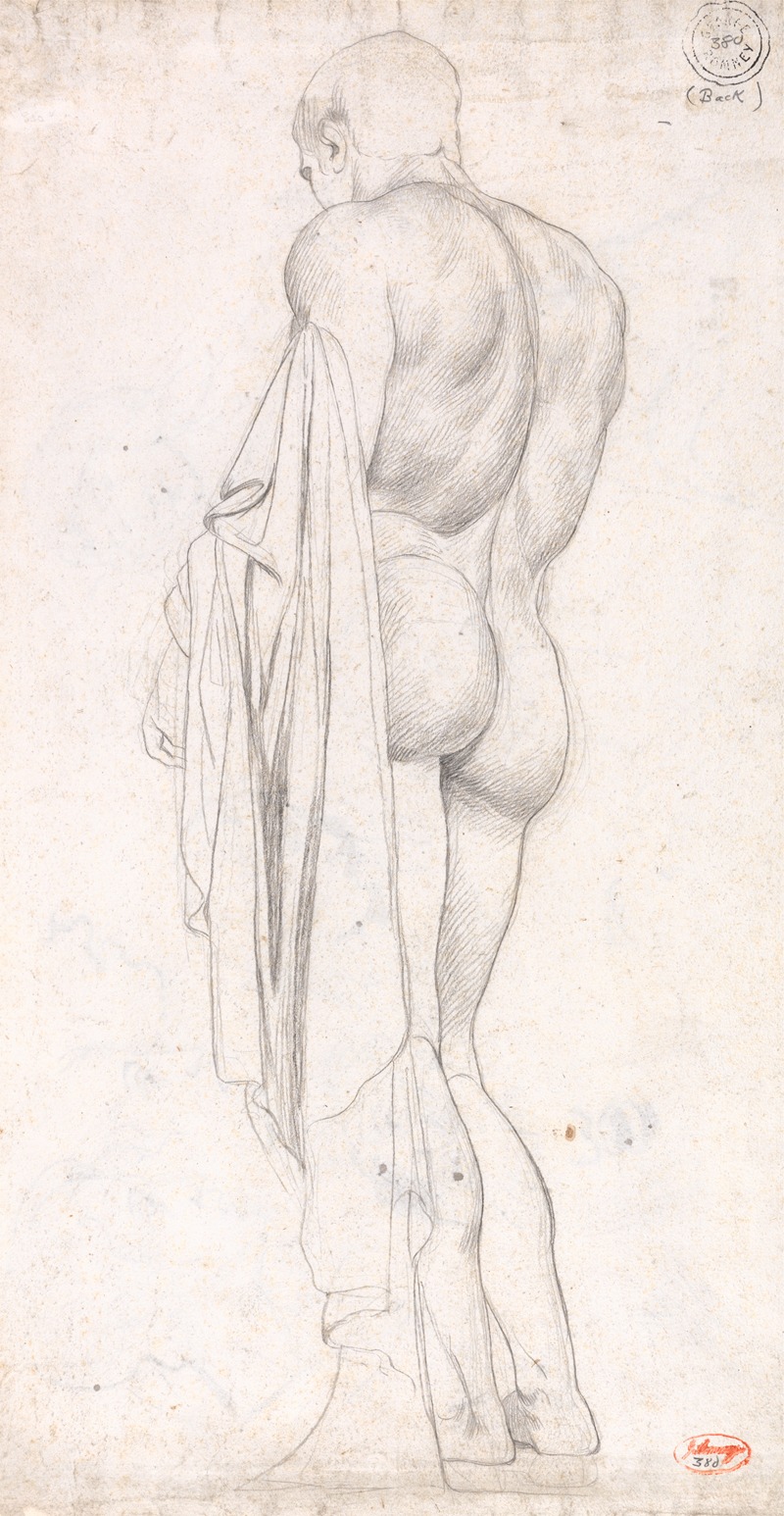
Back View of a Standing Classical Male Figure
A hand-painted replica of George Romney’s masterpiece Back View of a Standing Classical Male Figure, meticulously crafted by professional artists to capture the true essence of the original. Each piece is created with museum-quality canvas and rare mineral pigments, carefully painted by experienced artists with delicate brushstrokes and rich, layered colors to perfectly recreate the texture of the original artwork. Unlike machine-printed reproductions, this hand-painted version brings the painting to life, infused with the artist’s emotions and skill in every stroke. Whether for personal collection or home decoration, it instantly elevates the artistic atmosphere of any space.
George Romney was an influential English portrait painter in the late 18th century, known for his vivid and expressive style. One of his lesser-known works is "Back View of a Standing Classical Male Figure." This artwork reflects Romney's interest in classical themes and his skill in capturing the human form.
Romney was born in 1734 in Dalton-in-Furness, Lancashire, and he showed an early aptitude for art. He moved to London in 1762, where he established himself as a prominent portrait artist. Throughout his career, Romney was known for his portraits of high society figures, but he also explored other subjects, including historical and classical themes.
"Back View of a Standing Classical Male Figure" is an example of Romney's exploration of classical antiquity. The painting depicts a male figure from behind, showcasing Romney's understanding of anatomy and his ability to render the human body with precision and grace. The figure is presented in a contrapposto stance, a classical pose that suggests movement and dynamism, which was commonly used in ancient Greek and Roman art.
Romney's interest in classical subjects was influenced by the broader neoclassical movement of the time, which sought to revive the art and culture of ancient Greece and Rome. This movement was characterized by a focus on simplicity, harmony, and proportion, drawing inspiration from the art and architecture of classical antiquity. Artists like Romney were inspired by these ideals and often incorporated them into their work.
The painting is notable for its attention to detail and the subtle use of light and shadow, which adds depth and dimension to the figure. Romney's technique demonstrates his mastery of chiaroscuro, a method of using contrasts between light and dark to create a sense of volume and three-dimensionality. This skillful use of light enhances the musculature of the figure, emphasizing its classical beauty and strength.
While "Back View of a Standing Classical Male Figure" may not be as widely recognized as some of Romney's portraits, it is an important example of his versatility as an artist. It reflects his ability to move beyond portraiture and engage with broader artistic themes, showcasing his interest in the human form and classical ideals.
Romney's work, including this painting, contributed to the rich tapestry of 18th-century British art. His exploration of classical themes and his technical prowess have left a lasting impact on the art world, influencing subsequent generations of artists. Today, Romney is remembered as one of the leading figures of his time, and his works continue to be studied and appreciated for their artistic merit and historical significance.
In summary, "Back View of a Standing Classical Male Figure" by George Romney is a testament to the artist's skill and his engagement with classical themes. It exemplifies his ability to capture the human form with elegance and precision, reflecting the neoclassical ideals that were prevalent during his lifetime.





